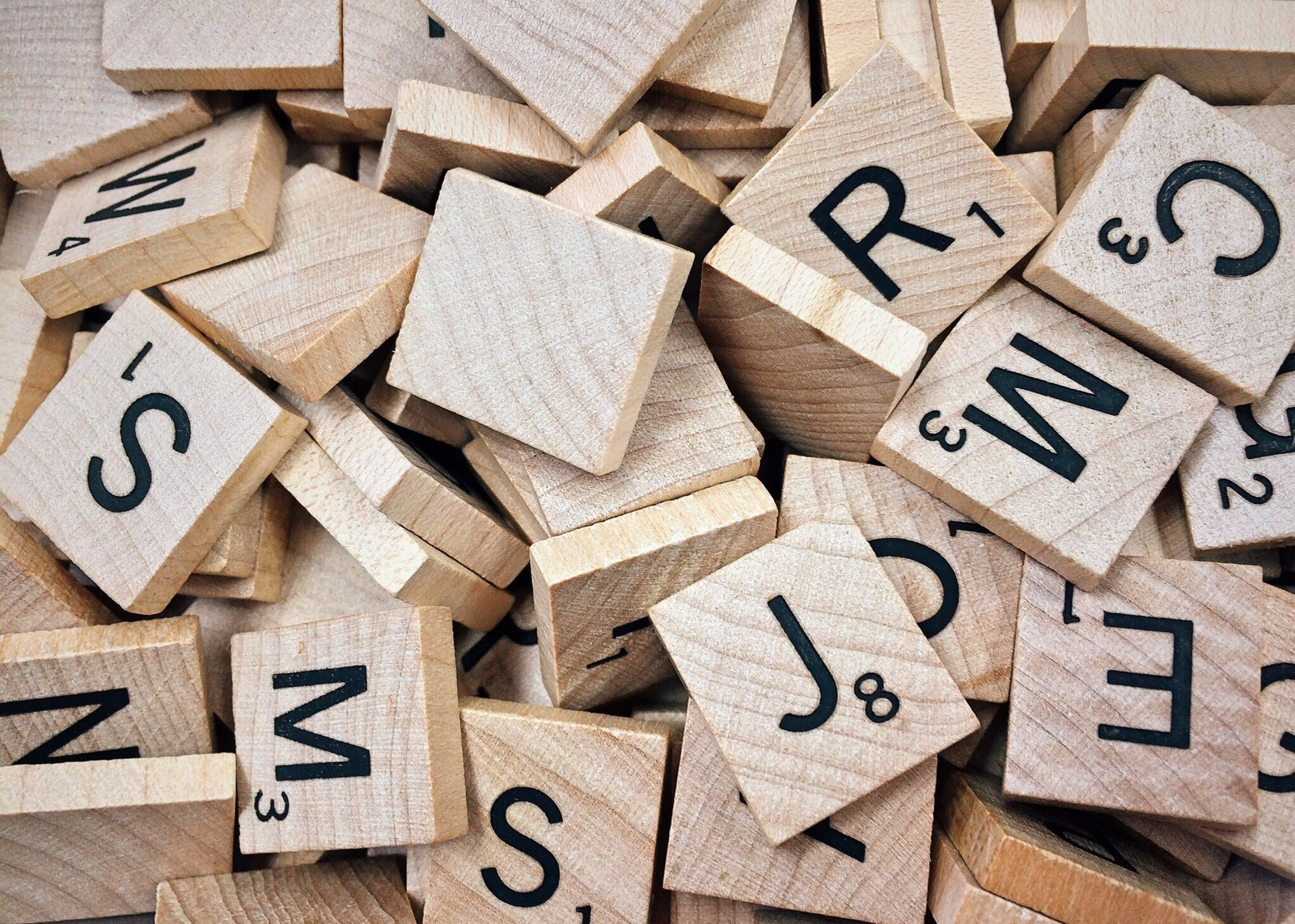# All Words with Silent W
What are silent letters?
A silent letter in an alphabetical system of writing is a letter that in a word doesn’t really match any sound in the word’s pronunciation. A silent letter is typically represented with the null sign U+2205 EMPTY SET, in linguistics. A null segment is one that is unpronounced or unwritten. The symbol is similar to the Scandinavian letter as well as other symbols.

The significant number of silent letters is one of the notable characteristics of English spelling. Edward Carney differentiates between distinct types of “silent” letters, each of which presents readers with varying degrees of difficulty. The presence of many different silent letters is one of the most difficult features of English spelling and pronunciation.
Since English has developed from a variety of sources (Latin, Greek, French, German, Old English, and so on), it has had to absorb all of its predecessors’ spelling and pronunciation oddities. As a result, there have been numerous cases where specific letters have become silent. While it may appear that silent letters have no function in a word, this is not entirely true: silent letters can assist to separate two otherwise homophonous words, convey the meaning or origin of a word, or even aid in determining the overall sound of a word.
What is English Orthography?
The system of writing rules used to represent spoken English in written form is known as English orthography, and it allows readers to link the symbols to sound and interpretation. It covers spelling, hyphenation, capitalization, word breaks, emphasis, and punctuation in English.
English spelling, like that of most other world languages, has a high level of standardization. When movable type was introduced to England in the late 15th century, this standardization began to emerge. Unlike other languages, however, practically every phoneme (sound) can be spelled in various ways, and most letters have multiple pronunciations depending on their position in a word and context.
What are silent consonants?
Silent consonants must be distinguished from a number of other consonant letters that are not pronounced correctly. Consonant letters that combine with a neighboring letter to generate a sound that neither would make alone or to remove ambiguity about how the other letter should be pronounced are an important subset of these. The indicated sound will be a vowel if the other letter is a vowel; otherwise, it will be a consonant.
The letters “h,” “w,” and “y,” as in oh, cow, and toy, are examples of consonant letters that join with a vowel for these purposes and cannot be termed silent.
A consonant that is written as part of the spelling of a word without being pronounced is referred to as a “silent consonant” in the English spelling system.
If that’s the case, it’s not a feature unique to English, despite the fact that the English spelling system is infamous for it.

Numerous English words contain ‘silent letters,’ which are letters that are not uttered. Consider the distinctions between the words, ‘laughter’ and ‘daughter.’ You’ll notice that the word ‘laughter’ has an ‘f’ sound, but the word ‘daughter’ does not.
A silent letter is one that is written but not spoken. There are no common guidelines or recommendations for identifying a quiet consonant. In most circumstances, we must learn both the pronunciation and the meaning of the word. Let’s look at which letters can become silent and see if there are any trends.
What is a silent W?
Wrack, wraith, wrangle, wrap, wreath, wren, wrench, wrestle, wrinkle, wrist, writ, write, wrong, and worked all give all their power to the r that comes after it. As if that wasn’t enough, w sits lazily mute in response, sword, two, and who as well, with no apparent reasoning.
This silent letter appears in two remarkable circumstances. Wrangle, wreck, wrestle, wring, write, wrong, wrought, and wry are examples of words that begin with “wr-.”
Southwark, Greenwich, Harwich, Chiswick, Warwick are a few significant place names, and “w” is also silent in window, complete, and wrong.
Study of origin.
The letter ‘r’ is typically accompanied by a silent ‘w.’ (wrap, wrist, wrestle, write, wring). Twisting and distorting are the most common uses of these terms. To ‘wrap’ is to twist paper, to ‘wrist’ is to twist your wrist, to ‘write’ is to twist the shape of letters, and to ‘wreck’ is to distort or twist something out of shape. Isn’t that fascinating?
Previously, the ‘w’ in ‘wr’ was pronounced. Although the ‘wr’ spelling has survived in English, we stopped pronouncing the ‘w’ between the 1450s and the 1700s, except in a few dialects.
Example- In the word ‘two,’ the ‘w’ is also unpronounced. This word stems from the Old English words ‘twa’ and twegen (then twain), which were pronounced with the ‘w’.
The ‘w’ in two indicates that it is related to other words that signify two: twin, twice, twenty (two lots of ten), twofold, twelve (10 + two more), and betwixt (in the middle of two).
The word ‘sword’, like ‘wr,’ has its roots in Old High German (swert – linked to ‘sweran,’ meaning to harm), when the ‘w’ was pronounced. Again, because this is just a single word, it is important to have students pronounce the ‘w’ when learning the spelling when they are learning the spelling (s-word).
When is it used?
When the letter ‘w’ appears before the letter ‘h’ at the start of a word, it is silent in some words, such as who and whom.
When the letter ‘w’ comes before the letter ‘r’ at the start of a word, it is always silent, as in write and writhe.
In a few other words, the ‘w’ is also silent. E.g.- answerable, awful, boatswain, sword, two
Examples.
A few examples are who, whole, write, wrist, answer, awry, wrong, two, wrath, wreath, wreck, sword, playwright, wrack, wren, wrinkle, wrong, wrench, wrestling, wrap, wrapper, wreckage, wretched, wriggle, wring, and wrote.





